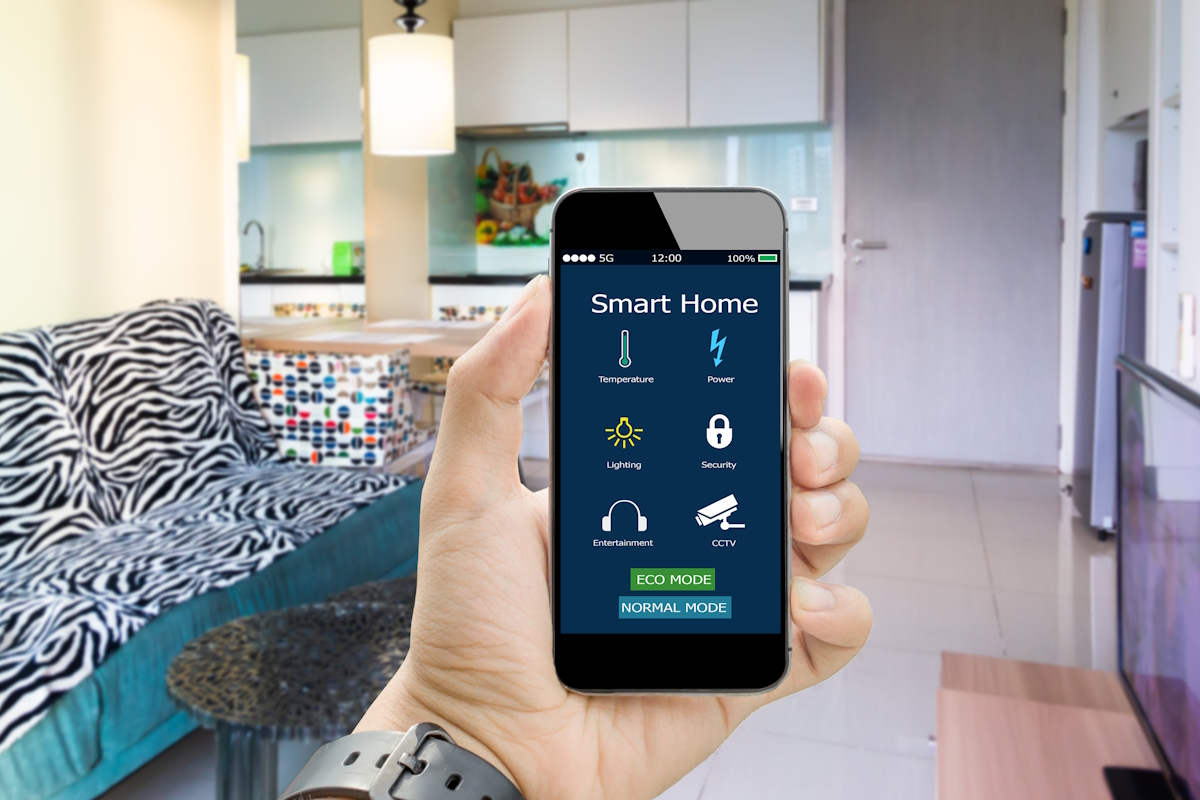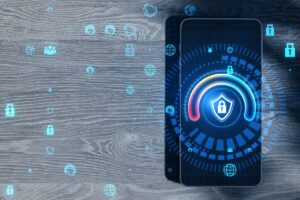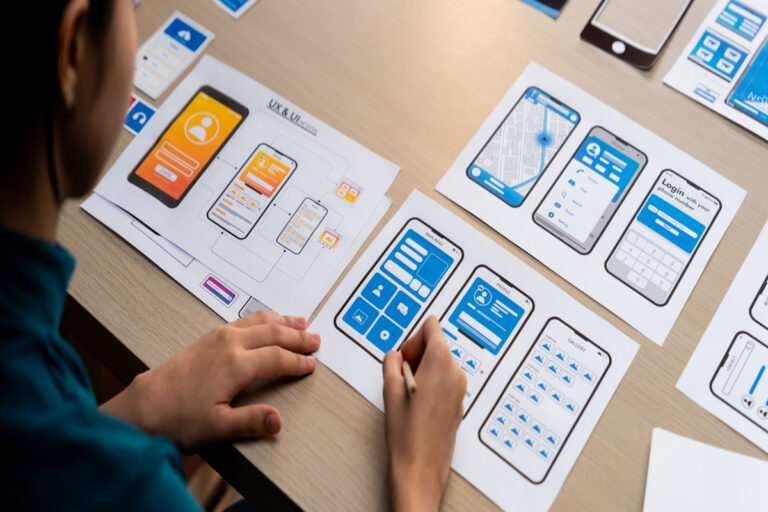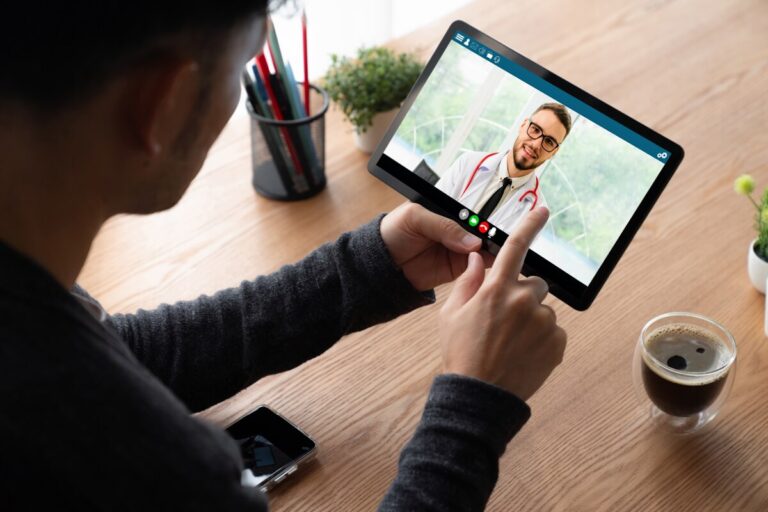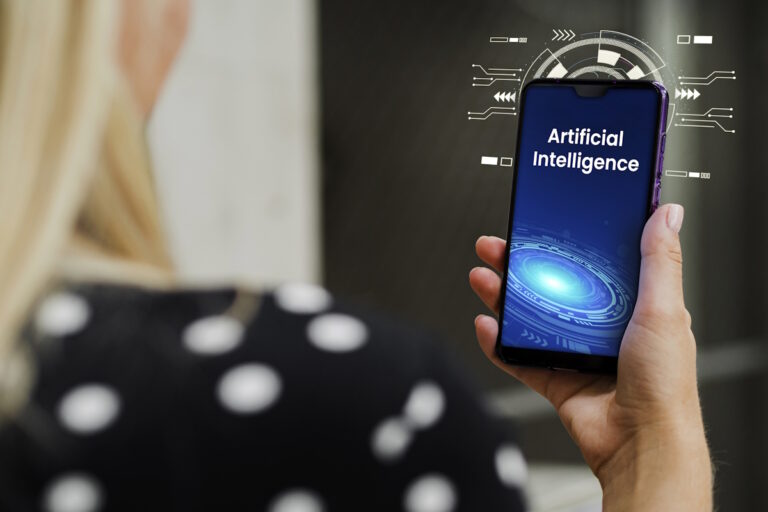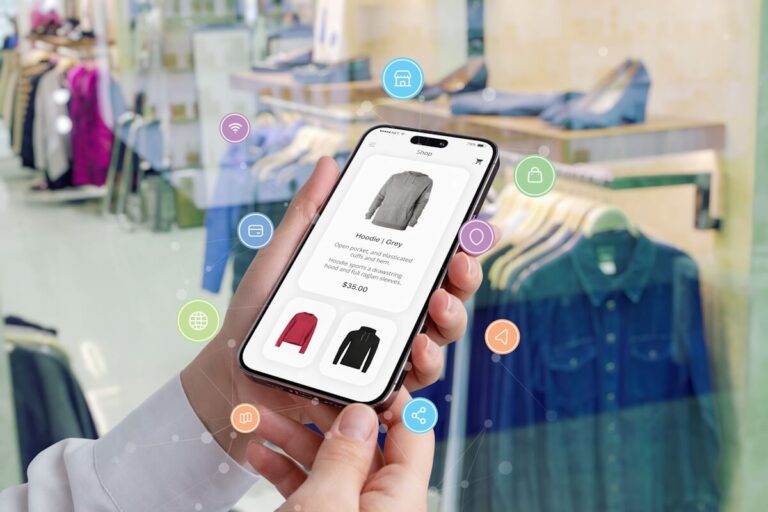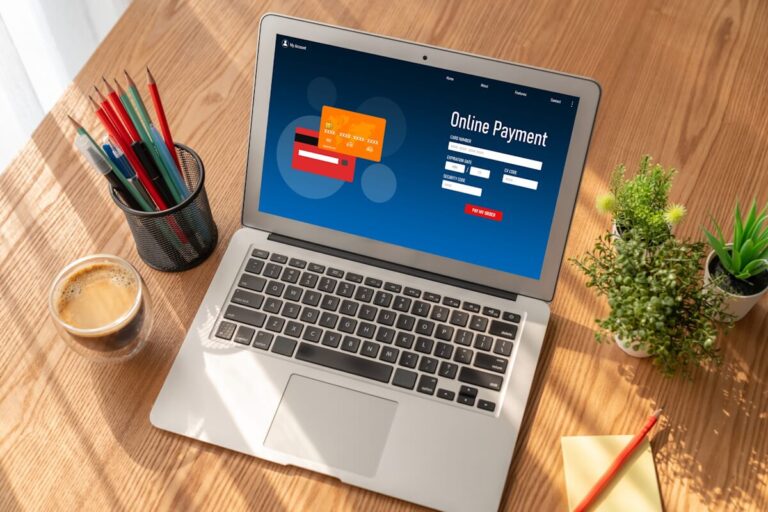In today’s digital age, smartphones have become an integral part of our daily lives. With the rise of smart home technology, iPhone apps are playing a crucial role in driving the smart home revolution. These apps provide users with the ability to control various aspects of their homes remotely, making everyday tasks more convenient and efficient.
The Rise of Smart Home Technology
Smart home technology has been steadily gaining popularity in recent years, thanks to advancements in IoT (Internet of Things) devices and connectivity. These devices, such as smart thermostats, lighting systems, security cameras, and door locks, can be controlled and monitored through smartphone apps. This level of automation and control has transformed the way we interact with our homes, making them safer, more energy-efficient, and ultimately more convenient.
Smart home technology has revolutionized the way we interact with our living spaces by providing a seamless and interconnected environment. The integration of smart devices allows for greater control and customization, enhancing the overall comfort and convenience of our homes. With the rise of IoT devices and improved connectivity, smart homes are becoming more accessible and affordable to a wider audience.
The increased awareness and focus on sustainability and energy efficiency have also contributed to the rise of smart home technology. By allowing users to monitor and adjust energy usage through smartphone apps, smart homes can help reduce environmental impact and lower utility costs. This shift towards eco-friendly living has made smart home technology not only convenient but also socially responsible.
The convenience and peace of mind offered by smart home technology are driving its adoption among consumers. The ability to remotely monitor and control various aspects of the home, such as security cameras, door locks, and lighting systems, provides a sense of security and control. With the rise of iPhone apps as central hubs for smart home devices, users can easily manage their homes from anywhere, at any time.
iPhone Apps as the Central Hub
One of the key drivers of the smart home revolution is the widespread use of iPhone apps as the central hub for controlling smart home devices. With the prevalence of iPhones in the market, developers have created a plethora of apps that cater to various smart home needs. These apps allow users to remotely adjust thermostat settings, turn lights on and off, monitor home security cameras, and even unlock doors, all with the tap of a finger.
The user-friendly interface and intuitive design of iPhone apps make them the ideal platform for managing smart home devices. With just a few taps on the screen, users can easily set schedules, customize settings, and receive notifications about the status of their home environment. The seamless integration of different smart devices through iPhone apps offers a cohesive and interconnected experience for users.
The versatility of iPhone apps extends beyond basic control and monitoring functions. Many apps offer advanced features such as voice control, geofencing, and automation based on user preferences. These additional functionalities enhance the user experience and make managing smart home devices even more convenient and efficient. By leveraging the capabilities of iPhone apps, users can create a truly personalized and intelligent home environment.
iPhone apps for smart homes are continuously evolving to meet the changing needs and preferences of users. Developers are constantly introducing new features and improvements to enhance the functionality and performance of these apps. As the central hub for smart home devices, iPhone apps play a crucial role in shaping the future of home automation and connectivity.
Features of iPhone Apps for Smart Homes
iPhone apps for smart homes come with a range of features that make managing the home environment a breeze. Some common features include:
- Remote Control: Users can control smart devices from anywhere, whether they are at home or on the go.
- Scheduling: Set timers and schedules for devices to turn on and off automatically.
- Integration: Many apps offer integration with popular smart home platforms like Apple HomeKit, Google Home, and Amazon Alexa.
- Customization: Personalize settings and preferences to suit individual needs and routines.
- Notifications: Receive alerts and notifications about the status of devices and potential security breaches.
The remote control feature allows users to access and control their smart home devices from anywhere in the world, providing convenience and peace of mind. By setting schedules and timers, users can automate tasks and routines, saving time and energy. The integration with other smart home platforms enables seamless connectivity and interoperability between different devices, creating a more cohesive and integrated smart home ecosystem.
Personalization and customization are key aspects of iPhone apps for smart homes, allowing users to tailor their home environment to meet their specific needs and preferences. By receiving notifications and alerts, users can stay informed about the status of their devices and address any potential issues promptly. These features contribute to a more efficient, secure, and convenient smart home experience for users.
The continuous advancements in smart home technology are driving the development of new features and functionalities in iPhone apps. The integration of artificial intelligence, voice control, and smart sensors are shaping the future of smart home management, offering users a more personalized and intuitive experience. As the demand for smart home technology continues to grow, iPhone apps will play a vital role in driving innovation and enhancing the overall functionality of smart homes.
Benefits of Using iPhone Apps for Smart Homes
There are numerous benefits to using iPhone apps for smart home management. Some of the key advantages include:
- Convenience: Easily control and monitor home devices from one centralized app.
- Energy Efficiency: Adjust heating, cooling, and lighting settings to save energy and reduce utility bills.
- Security: Keep an eye on your home with real-time camera feeds and smart locks for added security.
- Peace of Mind: Rest assured that your home is safe and secure even when you’re away.
The convenience of using iPhone apps for smart home management cannot be overstated. By having all smart devices accessible through a single app, users can streamline the process of controlling and monitoring their home environment. This centralized approach simplifies the management of multiple devices and ensures a seamless and integrated experience for users.
Energy efficiency is another significant benefit of using iPhone apps for smart homes. By adjusting heating, cooling, and lighting settings based on user preferences and schedules, users can optimize energy usage and reduce utility bills. The ability to remotely monitor and control energy-intensive devices allows for more efficient and sustainable living practices, contributing to a greener and more environmentally friendly lifestyle.
Security is a top priority for many homeowners, and iPhone apps for smart homes offer advanced security features to protect homes and residents. Real-time camera feeds, smart locks, and notifications about potential security breaches provide users with peace of mind and reassurance about the safety of their home. By leveraging these security features, users can enhance the overall security and protection of their property.
Using iPhone apps for smart home management not only offers convenience, energy efficiency, and security benefits but also enhances the overall quality of life for users. The peace of mind and control provided by these apps empower users to create a comfortable, secure, and efficient home environment that meets their individual needs and preferences.
Future Trends in Smart Home Technology
As technology continues to advance, the future of smart home technology looks promising. Here are some trends to watch out for:
- Artificial Intelligence: AI-powered smart home systems that can learn user behaviors and adapt accordingly.
- Voice Control: Increased integration with voice assistants like Siri, Alexa, and Google Assistant for hands-free control.
- Smart Sensors: Sensors that can detect air quality, motion, and even emotions to provide a more personalized home experience.
- 5G Connectivity: Faster and more reliable connectivity for seamless communication between devices.
The integration of artificial intelligence into smart home systems is revolutionizing the way we interact with our living spaces. AI-powered systems can learn user behaviors, preferences, and patterns to automate tasks and provide personalized recommendations. By harnessing the power of AI, smart homes can adapt to the needs and habits of users, creating a more intuitive and efficient home environment.
Voice control is another emerging trend in smart home technology, offering users a hands-free and convenient way to interact with their devices. With increased integration with voice assistants like Siri, Alexa, and Google Assistant, users can control smart home devices, set reminders, and access information simply by using their voice. This seamless and natural interaction enhances the user experience and makes managing smart homes more intuitive and accessible.
Smart sensors are also shaping the future of smart home technology by providing real-time data and insights about the home environment. These sensors can detect air quality, motion, temperature, and even emotions, allowing for a more personalized and responsive home experience. By leveraging the capabilities of smart sensors, users can optimize their living spaces for comfort, efficiency, and well-being.
The rollout of 5G connectivity is set to revolutionize the way smart home devices communicate and interact with each other. With faster and more reliable connectivity, 5G technology enables seamless communication between devices, reducing latency and enhancing the overall performance of smart home systems. This improved connectivity paves the way for more sophisticated and interconnected smart home ecosystems, offering users a more seamless and integrated experience.
Conclusion
In conclusion, iPhone apps are at the forefront of the smart home revolution, offering users unprecedented control and convenience over their home environments. With the continued development of smart home technology, the possibilities for creating a truly connected and intelligent home are endless. By leveraging the features and benefits of iPhone apps, users can enhance their living spaces, improve energy efficiency, boost security, and enjoy a more comfortable and convenient lifestyle. The future of smart home technology holds exciting possibilities for creating smarter, more sustainable, and more personalized living environments for users around the world. Contact us today to start building your iOS app and be a part of this exciting revolution. The possibilities are endless, and the impact is immeasurable. So let’s take on this challenge together!
FAQs:
1. What role do iPhone apps play in the smart home revolution?
iPhone apps play a crucial role in driving the smart home revolution by providing users with the ability to control various aspects of their homes remotely, making everyday tasks more convenient and efficient.
2. What are some common features of iPhone apps for smart homes?
Some common features of iPhone apps for smart homes include remote control, scheduling, integration with popular smart home platforms, customization, and notifications.
3. How do iPhone apps benefit smart home management?
Using iPhone apps for smart home management offers benefits such as convenience, energy efficiency, and security by allowing users to easily control and monitor home devices, save energy, and receive alerts about potential security breaches.
4. Why are iPhone apps considered the central hub for controlling smart home devices?
iPhone apps are considered the central hub for controlling smart home devices because developers have created a plethora of apps that cater to various smart home needs, allowing users to remotely adjust thermostat settings, turn lights on and off, monitor home security cameras, and unlock doors with the tap of a finger.
